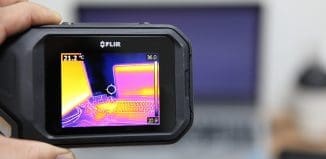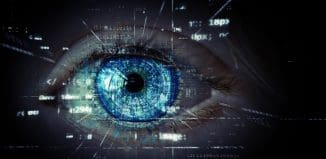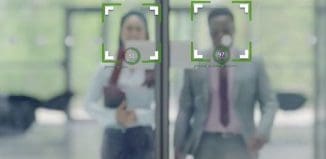Thermal imaging for recognition
This post is also available in:  עברית (Hebrew)
עברית (Hebrew)
 Fingerprints and iris recognition will soon give way to thermal imaging.The pattern of blood vessels located just beneath the skin of a person’s face can be isolated using an infrared thermal imaging camera. The blood vessel patterns are as unique as a fingerprint and an iris, but are almost impossible to forge.
Fingerprints and iris recognition will soon give way to thermal imaging.The pattern of blood vessels located just beneath the skin of a person’s face can be isolated using an infrared thermal imaging camera. The blood vessel patterns are as unique as a fingerprint and an iris, but are almost impossible to forge.
According to an article in an upcoming issue the International Journal of Computational Intelligence Studies, fingerprints and iris recognition will soon give way to thermal imaging.
i-HLS Israel Homeland Security
Thermal imaging, also known as infrared thermography (IRT), is a form of biometrics. Fingerprints and iris scans, which involve taking a picture of a person’s eye, are the most popular uses of biometrics, but both can be compromised.
Science Daily reports that a team at Jadavpur University in India reported that the pattern of blood vessels located just beneath the skin of a person’s face can be isolated using an infrared thermal imaging camera. The blood vessel patterns are as unique as a fingerprint and an iris, but are almost impossible to fabricate.
Thermographic cameras can detect radiation in the infrared range of the electromagnetic spectrum and produce images of radiation known as thermograms. The amount of radiation being emitted by an object increases with temperature, allowing thermal imaging to see variations in temperature and define objects. Making humans easily visible in any environment.
The military and law enforcement agencies have already been using this technology to detect humans in buildings or in an environment where visibility is obstructed or low.
According to a report by the Times of India, Ayan Seal and his colleagues developed a computer algorithm that can analyze the minutiae of the blood vessels revealed by an infrared scan to the smallest capillary with a 97 percent accuracy rate.
Thermal imaging could also be tied to other forms of identification in the future, such as photo IDs, PIN numbers, or social security cards.






























